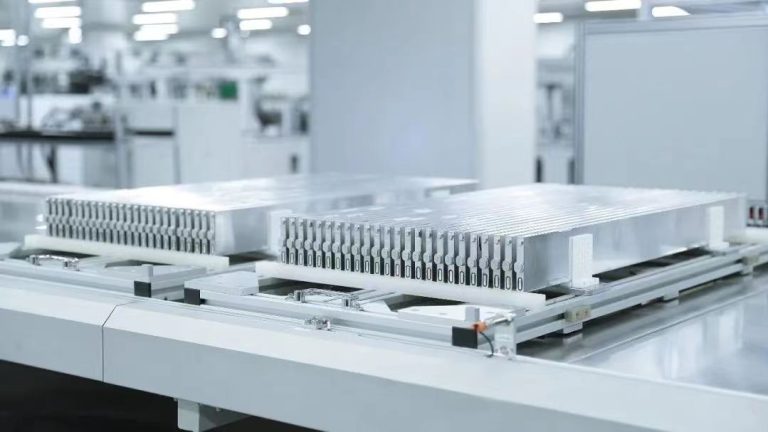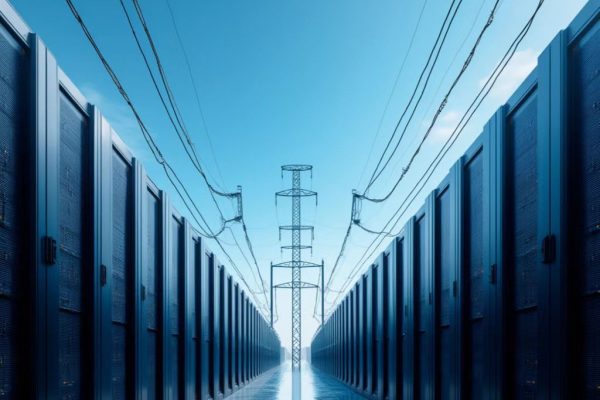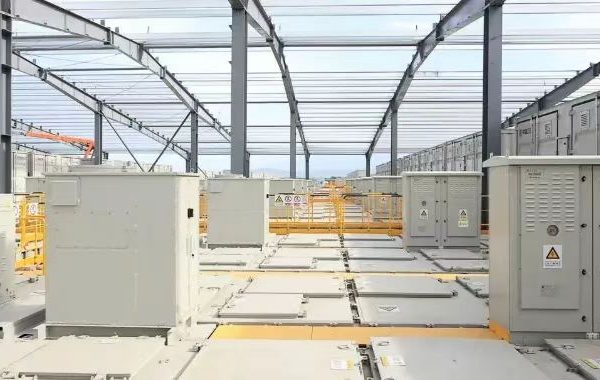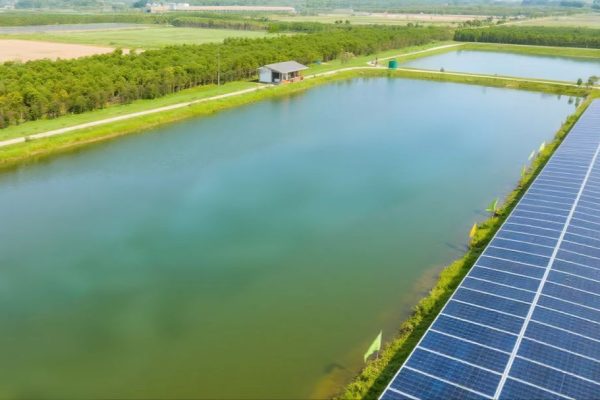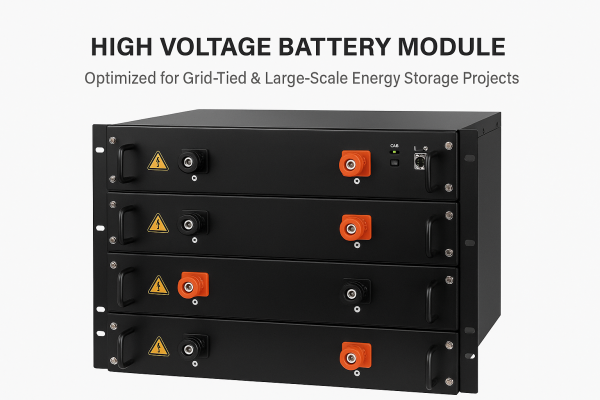Energy Storage for Mixed Renewable Inputs in Small Projects
When people talk about energy storage, they usually pair it with solar. That makes sense — solar PV has taken the lead in global distributed energy. But it’s not the only renewable resource out there.
In remote areas, hilly villages, farms, or island settings, small wind turbines and micro-hydro systems are widely used, especially when solar irradiance is unreliable or seasonal. If you’re planning or supplying a storage system in these contexts, there are a few things you’ll need to think about differently.
This post explores how to integrate small-scale energy storage with wind and hydro sources — including common configurations, technical watch-outs, and how to guide your clients toward the right system.
Why Add Storage to Wind or Hydro?
Unlike solar, wind and hydro often produce non-linear or unpredictable outputs, especially in smaller installations. Adding batteries provides:
- Smoothing of fluctuating generation
- Time-shifting of generation to match peak loads
- Backup power during grid failures
- Better generator coordination, reducing diesel runtime
Also, in many mixed-resource systems (e.g., solar + wind + storage), batteries act as a universal buffer, absorbing energy from whichever source is most active at any given time.
Typical Use Cases
| Scenario | Storage Role |
|---|---|
| Island village with micro-hydro | Night-time supply, outage backup |
| Hilltop home with wind turbine | Wind smoothing + PV peak-shaving |
| Agro-facility with solar + water turbine | Energy unification and load control |
| Off-grid school with hybrid system | Balancing demand and seasonal supply |
These projects are often under 50kWh in battery size, and under 20kW in inverter power, but they demand robust system design and clear technical support.
Technical Integration: Key Considerations
1. Type of Inverter Input
For both wind and hydro, you need to determine if your source is AC-coupled or DC-coupled:
- AC-coupled: Wind or hydro power is passed through a grid-tie or standalone inverter before feeding into the hybrid inverter or local grid.
- DC-coupled: Power is rectified and sent directly to the battery inverter or MPPT controller.
Why it matters:
Most hybrid inverters on the market today are optimized for solar DC input, so integrating wind/hydro usually requires an AC-coupled configuration — meaning separate generation inverters that are grid-compatible.
2. Voltage Matching
- Small hydro or wind turbines may output variable voltage, especially in raw DC systems.
- Battery inverters have strict DC input windows (e.g., 42V–58V for 48V systems, or 120V–550V for high-voltage ones).
Solution: Use MPPT controllers or charge controllers designed for wind/hydro to stabilize input before feeding into the battery or hybrid inverter.
3. Charging Curve and Cut-Off Control
Unlike PV where MPPT algorithms are well-established, wind and hydro inputs require custom charging profiles:
- Overcharging from wind can occur during long gusts or overnight runs.
- Hydro may produce constant trickle power that doesn’t suit lithium charging logic.
Tip: Choose a system with a programmable charge controller that allows:
- Dynamic voltage setpoints
- Current limiting
- SOC-based cut-offs (via BMS integration)
4. Communication and Control
If you’re combining PV, wind, and hydro with a single storage bank, coordination is key. Look for:
- Inverters with multi-source input control
- EMS or controller with flexible priority logic (e.g., PV first, wind second, genset third)
- BMS integration with CAN or RS485 to communicate with third-party devices
For small systems, even basic relay or dry contact outputs can be used to shut down turbines during full SOC or battery protection modes.
Example Configurations
A. Wind + Storage (AC-coupled)
System Components:
- Wind turbine with standalone inverter (e.g., 2–5kW)
- Hybrid inverter with AC input (e.g., 5kW model)
- 10kWh lithium battery bank (48V or HV)
- Smart controller for priority load switching
Design Tip: Ensure wind inverter has frequency and voltage output within the hybrid inverter’s input spec.
B. Micro-Hydro + PV + Storage (Off-grid)
System Components:
- 3kW micro-hydro turbine with synchronous alternator
- 5kWp solar array
- DC-coupled MPPT controller for solar
- 10kWh lithium battery
- Backup diesel generator (optional)
- Hybrid inverter managing all sources
Design Tip: Use hydro for base-load, solar for daytime peak, battery for flexibility. Control discharge priority to match river flow patterns.
C. Containerized Microgrid for Rural School
- 6kW hybrid inverter
- 15kWh battery
- 3kWp solar
- 2kW hydro
- Smart energy meter to monitor usage and production
Use a rack-integrated solution with clear documentation and remote monitoring — ideal for training local users and showcasing in pilot projects.
When to Use This Approach
Integrating storage with wind/hydro is viable when:
✅ Solar alone is unreliable (monsoon/cloud forest regions)
✅ Existing wind/hydro generators need storage support
✅ Local conditions favor consistent water or wind flow
✅ Diesel dependence is expensive or logistically difficult
✅ The client seeks long-term autonomy (off-grid or microgrid)
Challenges to Watch Out For
- Controller confusion — wind turbines often need special rectifiers or dump loads
- Inverter rejection — many hybrid inverters only support PV MPPTs
- Maintenance — hydro systems require pipe flushing, filter cleaning
- Wild fluctuations — wind output can spike and damage lithium batteries without proper control
Make sure your solution partner or supplier understands these issues and can provide tested kits or real-world cases.
Summary: Beyond Solar, Integration Still Requires Expertise
As storage demand grows, more small-scale clients will ask about multi-source renewable systems. Solar + wind, solar + hydro, or even wind + hydro setups will become increasingly common — especially in regions with rugged terrain, poor grid infrastructure, or year-round natural resources.
As a system buyer or solution provider, your value comes from helping them:
- Understand which inverter configurations are compatible
- Select the right control architecture
- Choose reliable storage options
- Balance performance and budget
The technology is ready — but integration success depends on design clarity, product compatibility, and thoughtful sizing.





